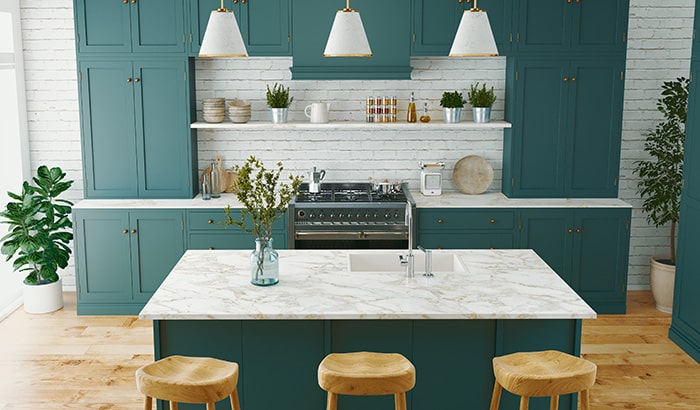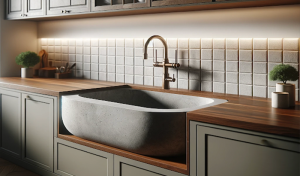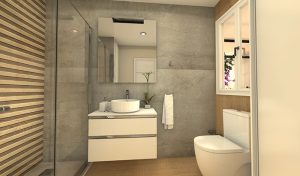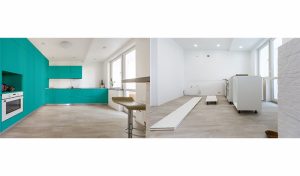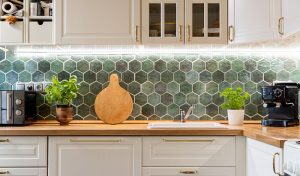Join us in the world of color psychology and discover how it plays a pivotal role in the art of interior design. Colors do more than decorate; they evoke emotions, influence mood, and affect your daily life and well-being. Whether it’s the tranquility of a blue hue in the bathroom or the energizing warmth of a sun-kissed kitchen, every color choice has a purpose beyond mere aesthetics.
Our aim through this blog is to equip you with the knowledge and inspiration needed to harness the emotional and practical benefits of color. Join us as we explore how to adeptly use color psychology to elevate your bath and kitchen designs, making every corner of your home reflect your taste and lifestyle.
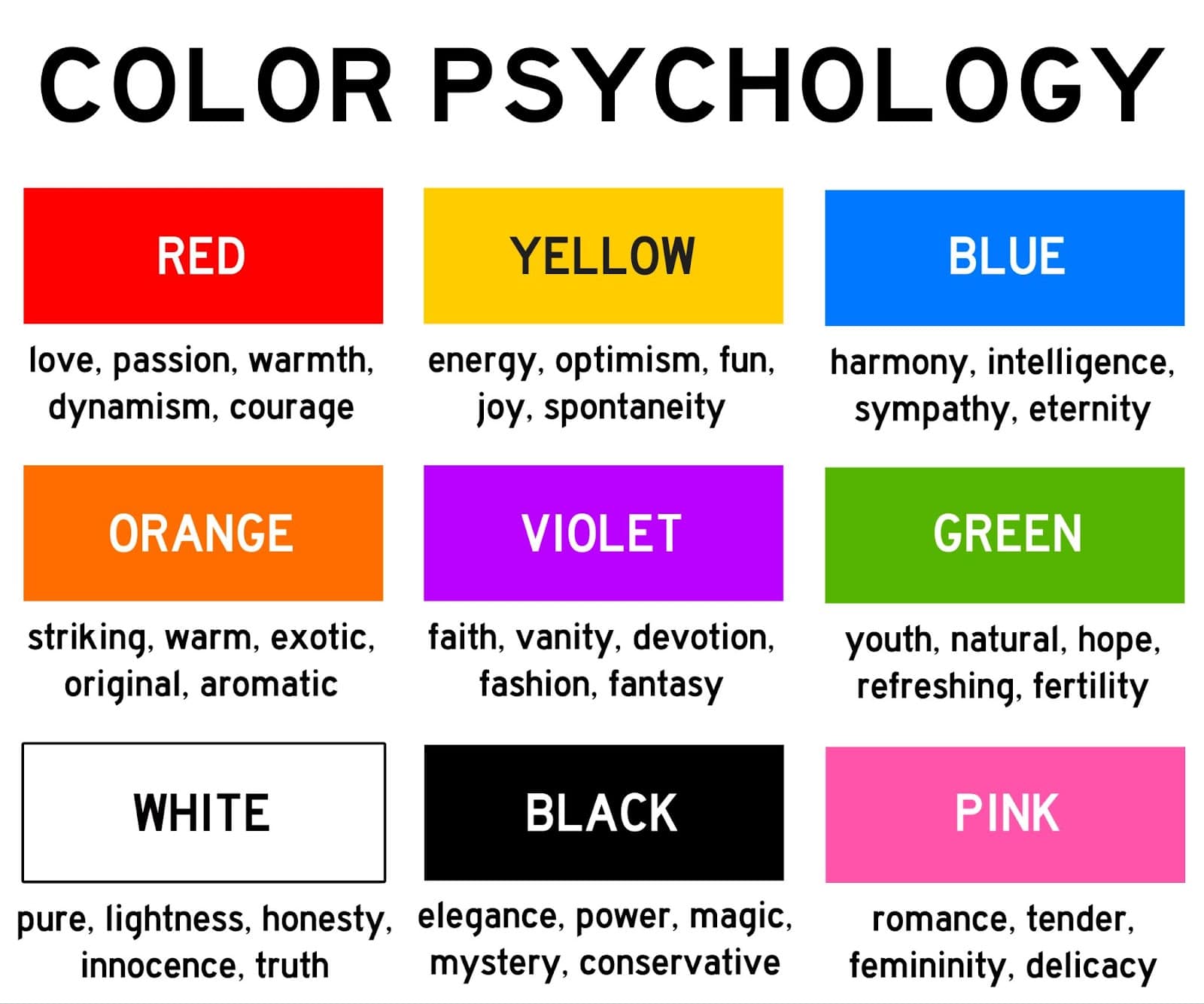
The basics of color psychology
Color psychology delves into the profound impact colors have on our moods, emotions, and behaviors. It’s the study of how colors affect human behavior. The colors we surround ourselves with can energize us, calm our minds, ignite creativity, or even induce appetite. This fascinating field underscores the idea that our environment’s color scheme is a matter of aesthetics and a tool to enhance our well-being.
The right use of color also affects how rooms serve their unique purposes. Kitchens are the heartbeat of the home, where families gather and make memories. Bathrooms, on the other hand, serve as personal retreats for relaxation and rejuvenation.
The colors we choose for these spaces significantly affect their atmosphere and functionality. A well-considered palette transforms a kitchen into a vibrant space that stimulates social interaction and culinary creativity or a bathroom into a serene oasis that promotes relaxation and tranquility.
For example, blue is often associated with calmness and serenity, making it an excellent choice for bathroom walls to create a spa-like retreat. Yellow, known for its ability to evoke happiness and warmth, makes a kitchen feel welcoming and bright, encouraging lively conversations and morning cheer. With its connections to nature and growth, green brings a refreshing and soothing vibe to either space, promoting balance and harmony.
Understanding the psychological effects of color allows homeowners and designers to create environments that look beautiful and support the emotional and physical well-being of those who use them.
Applying color psychology in kitchen design
In the heart of every home lies the kitchen, a space where color not only defines its aesthetics but significantly influences its functionality and energy. The strategic application of color psychology in kitchen design allows people to create environments that foster more than culinary creativity; they enhance mood, stimulate appetite, and encourage family gatherings.
When selecting colors for kitchen walls, cabinets, and accents, consider the mood and energy level you wish to invoke. For a vibrant, energizing kitchen atmosphere, warm hues like reds and oranges stimulate appetite and conversation, perfect for families that love to cook and entertain. However, use these colors judiciously, as too much can be overwhelming. Incorporate them through accents or a feature wall to offer balance.
For a more calming and serene kitchen environment, blues and greens promote a sense of tranquility and health, ideal for those who view cooking as a peaceful escape. These colors work beautifully in modern and minimalist designs, bringing a touch of nature and freshness into the space.
Neutral tones, such as whites, beiges, and grays, serve as a versatile backdrop for any kitchen style, from traditional to contemporary. These colors brighten the space, make it appear larger, and allow for flexibility in changing decor and accents. They provide a canvas for introducing pops of color through accessories, appliances, or an accent wall, enabling personalization without committing to too much color.
In traditional kitchens, earth tones and soft pastels evoke a sense of warmth and welcome, embodying the space’s role as the home’s gathering point. Meanwhile, modern kitchens benefit from bold contrasts and sleek combinations accented with metallics or vibrant pops of color for a cutting-edge, dynamic vibe.
Ultimately, color psychology in kitchen design is about creating a space that reflects personal style while meeting the emotional and functional needs of those who use the space. Through thoughtful color selection, you can design a kitchen that caters to culinary pursuits and contributes to the overall well-being and happiness of the home.
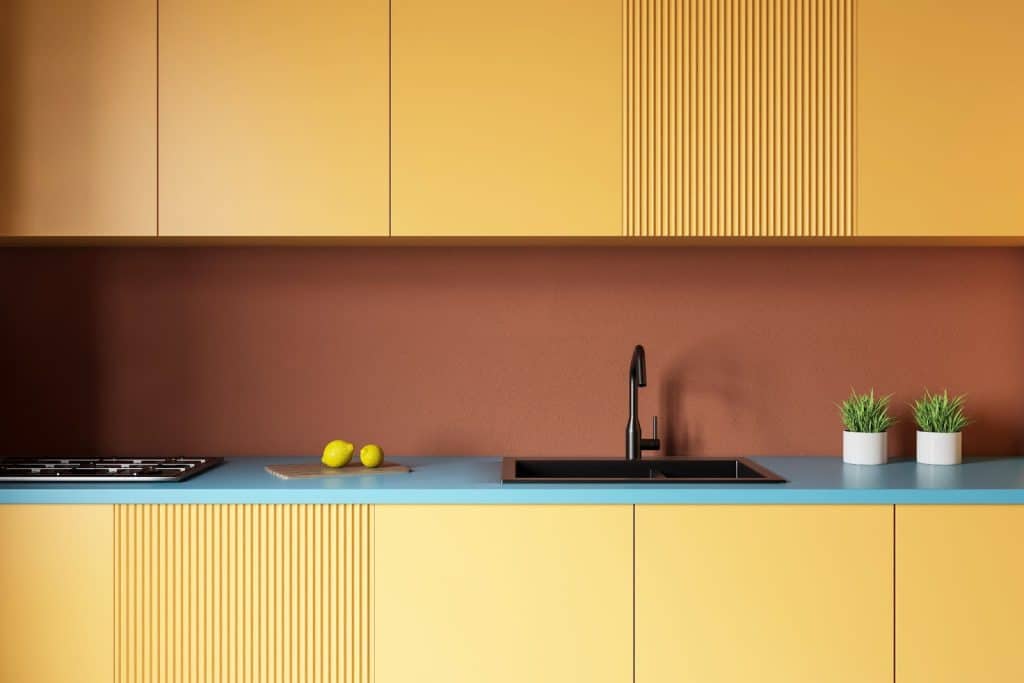
Incorporating color psychology into bath design
The transformative power of color psychology extends into the bathroom, a personal sanctuary for relaxation and rejuvenation. The strategic use of color in bath design turns this space into a serene retreat or an invigorating area, depending on your preference and lifestyle needs.
For those seeking to create a tranquil oasis, soft, soothing hues such as light blues, gentle greens, and warm neutrals have a calming effect reminiscent of spa environments. These colors mirror the natural elements of water and earth, promoting relaxation and providing a serene backdrop for unwinding after a long day. Incorporating these colors through wall paint, tiles, or even natural materials enhances the sense of tranquility in the bathroom.
On the other end of the spectrum, for a more energizing bathroom experience, consider incorporating vibrant colors like bright yellows or bold reds. These are especially effective in smaller powder rooms or guest bathrooms where you can afford to be more adventurous with design. Try using a brightly colored vanity or striking wall art to inject energy into the space without overwhelming it.
Achieving balance and harmony in bathroom design involves the selection of wall colors and the thoughtful integration of fixtures and accessories. Consider the color of your fixtures — whether you opt for classic chrome, contemporary matte black, or luxurious gold tones, ensure they complement your color scheme. Accessories like towels, bath mats, and shower curtains offer additional opportunities to introduce color, texture, and pattern, further personalizing your space.
Creative use of color in bath design also includes lighting, which significantly affects how we perceive colors. Soft, warm lighting enhances the coziness of earth tones, while cooler light makes blues and greens appear more refreshing.
By understanding and applying color psychology, your bathroom transcends its functional role, becoming a haven for comfort and relaxation that aligns with your emotional needs and aesthetic preferences.
Color psychology and material selection
The interplay between color and materials in kitchen and bath design is a dance of texture, tone, and mood, creating spaces that are not only visually appealing but also emotionally resonant. The choice of materials — from the warmth of wood to the coolness of metal and the organic feel of stone — influences the color palette and, by extension, the atmosphere of a room.
In kitchens and bathrooms, the natural hues of wood introduce warmth and comfort, making them ideal for spaces aiming for a cozy, inviting atmosphere. Lighter woods pair beautifully with soft pastels for a serene, airy feel, while darker woods stand strong against bold, deep colors, creating a sense of luxury and depth.
On the other hand, metal fixtures and accents add a sleek, modern edge to any space. The reflective qualities of metal brighten a room, making it feel larger and more open. Cool metals like chrome and stainless steel complement blues and greens, enhancing their calming effect, while warmer metals such as brass and copper are stunning against rich jewel tones, adding a touch of sophistication.
Stone materials, with their inherent connection to nature, bring an organic, grounding element to both kitchens and baths. The natural variations in stone offer a unique opportunity to draw out complementary colors in the environment, whether through subtle integration or as a dramatic focal point.
Pairing colors with these materials requires a thoughtful approach, considering the aesthetic appeal and the emotional impact. By harmonizing colors with the materials in your space, you can create a cohesive design that resonates on a deeper level.
Overcoming design challenges with color psychology
Redecorating a home comes with its own unique challenges, but applying color psychology can help address those.
Light, bright colors are transformative for small spaces, making rooms feel more open and airy. Soft whites, pale blues, and gentle greens reflect natural light, expanding the sense of space. In contrast, darker colors make a small room feel snug and intimate when used thoughtfully, especially as accent walls or in nooks.
In rooms lacking natural light, warm tones like peach, soft yellows, or light taupe mimic the sun’s warmth, creating a welcoming, cozy atmosphere. Mirrors and reflective surfaces amplify this effect, bouncing light around the room and making it feel brighter.
For both scenarios, consider the finish of your paint. Glossy finishes reflect light, contributing to a brighter feel, while matte finishes absorb light, offering a more subdued, cozy ambiance.
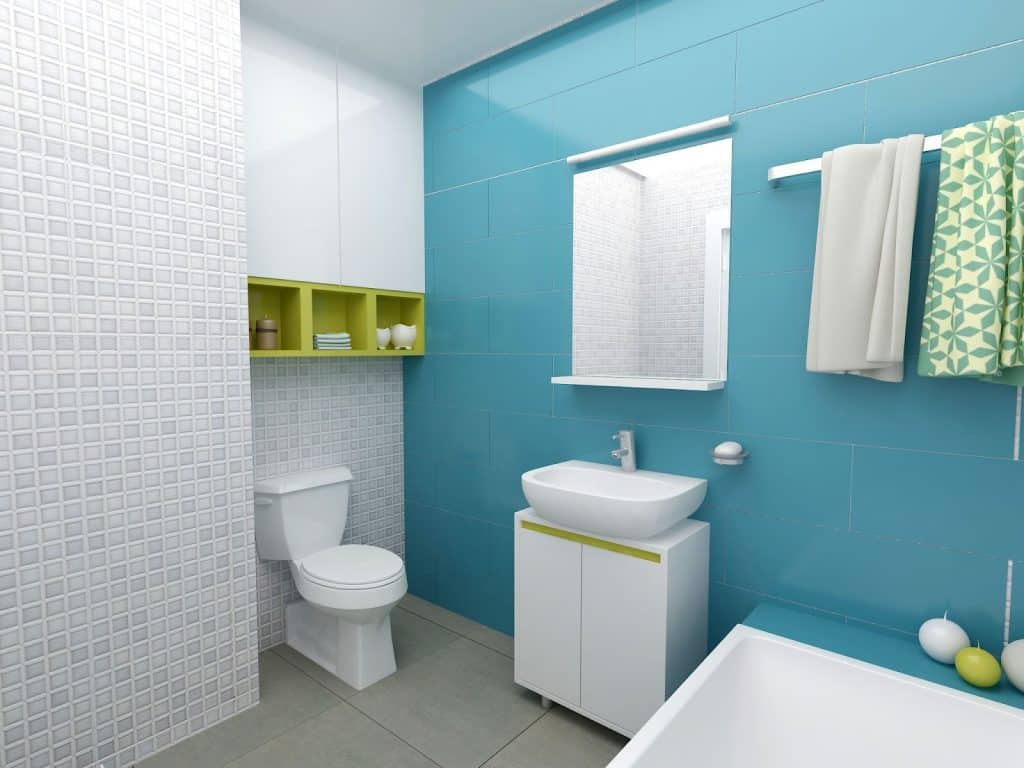
Beautify your home with Mountain States Kitchen and Bath
Mountain States Kitchen and Bath is your premier partner in weaving the powerful elements of color psychology into your home renovation projects. Our expertise is creating personalized spaces that resonate with your unique identity, ensuring each design element contributes to a harmonious and mood-enhancing atmosphere.
For those looking to extend their home’s transformation beyond the kitchen and bath, our sister company, Mountain States Windows & Siding, offers comprehensive solutions to rejuvenate your home’s exterior.
We invite you to reach out for a consultation with Mountain States Kitchen and Bath. Let us guide you in bringing your vision to life to create a space that is truly yours.

